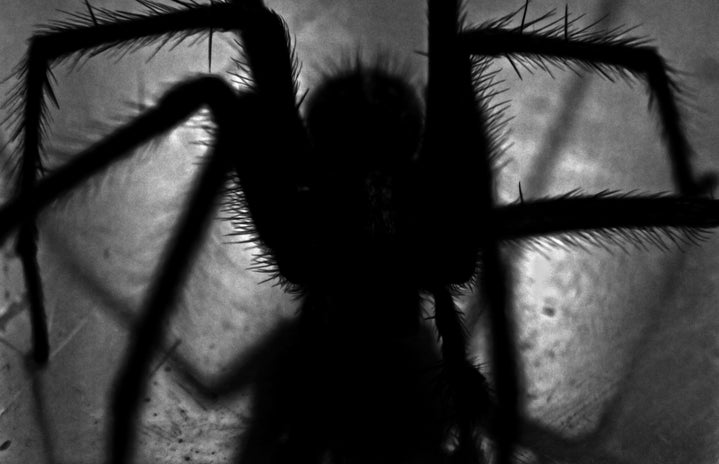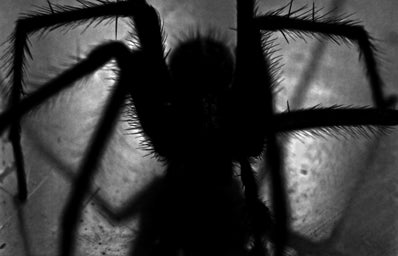The nights are getting darker, the air is getting colder and spooky figures are walking down the street asking for candy. Yes, it is Halloween; the time for horror movies, haunted houses, dressing up and eating candy. Especially in the United States, the holiday is celebrated nearly religiously, and the ghost of Halloween has spilled over to Europe. But how did this tradition come to be?
For this, we need to take a look far back in history. Its origins are rooted in the Celtic festival Samhain celebrated around 2000 years ago, in which the people dressed up in scary costumes to ward off evil spirits (and not to receive candy). The day of Samhain announced the approaching coldness and darkness of winter and the Celts believed that the borders separating our world from the one of the dead was especially thin on that date. To prevent the evil ghosts from entering the world of the living and to hinder them recognizing its inhabitants, animal skins and heads were used as scary disguises. Additionally, bonfires were lit, and sacrifices were made to worship their dead loved ones.
Over the centuries under Roman rule, the celebration of Samhain became intertwined with the Roman festivals of Feralia and Pomona. Interestingly, the game of apple bobbing – a game most often played on Halloween, especially in Britain – is believed to have its origins from the celebration of the aforementioned Roman goddess Pomona, the goddess of fruits, whose symbol was that of an apple tree.
In the ninth century, the Christian influence has affected the Celtic traditions. The All Saints Festival – a celebration in honor of all Christian martyrs and saints – was celebrated on November 1. In Middle English All Saints are called Alholowmesse which is why the day was also known as All-hallowmas in common parlance. The evening before the celebrational day, October 1, was therefore called All-Hallows Eve which then, in turn, became our Halloween today.
Halloween moved to the American continent with the first settlers and due to the mixed traditions of the various European peoples as well as the influence of the indigenous placed the groundwork for the Halloween celebrations we typically associate with the United States. However, the influx of Irish immigrants to the States in the later half of the nineteenth century popularized the celebration across the nation.
The Celtic tradition of dressing up stayed, but the people started to go from door to door to ask for food and money, a custom which later became our trick-or-treating. In the twentieth century, the festivities grew with parades and town-wide Halloween parties. Today, most of us will probably have attended at least one Halloween party – which probably differed a little from the parties celebrated in the 1950’s.
Halloween has continued to grow since the twentieth holiday and has become the second biggest national holiday in the United States. Despite its origins lying in Europe, America has made the festivity its own and is the one exporting the spirit of Halloween around the globe. And who does not enjoy dressing up and getting candy at the same time? So, if you are looking for me, I am dusting off my old witch costume and preparing to go trick-or-treating.
All that is left for me to say is – Happy Halloween!
Sources:
https://www.history.com/topics/halloween/history-of-halloween



